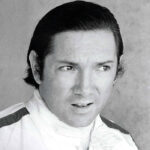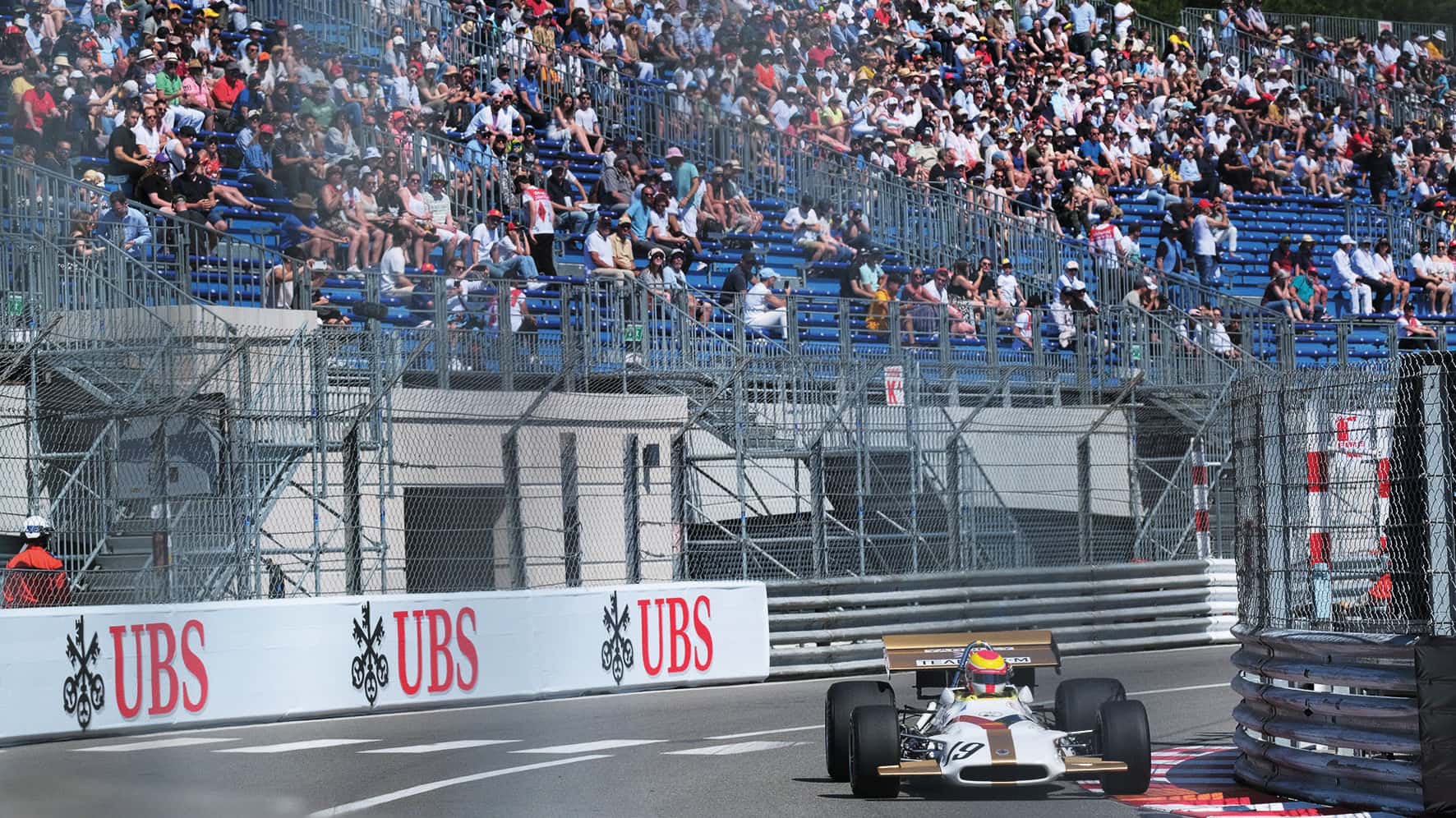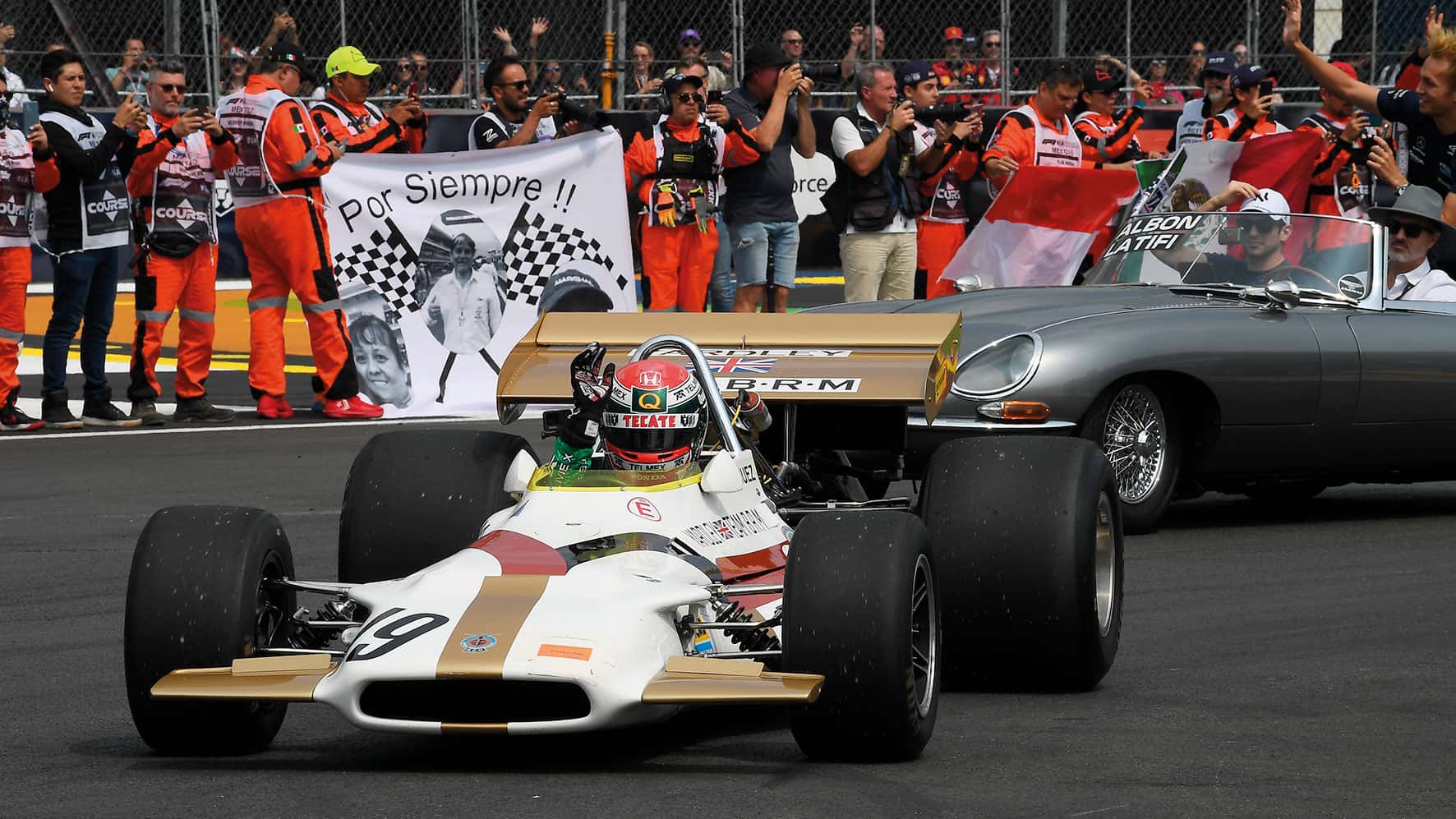‘Pedro Rodríguez is my hero — I had to buy the BRM he raced’
Mexican IndyCar veteran Adrián Fernández bought this BRM because it was raced by his boyhood hero, Pedro Rodríguez. Damien Smith met him at Monaco to find out why
Six Mexicans have started Formula 1 world championship grands prix. Adrián Fernández isn’t among them. Even so, there was a time a quarter of a century ago when he was Mexican motor sport on the international scene.
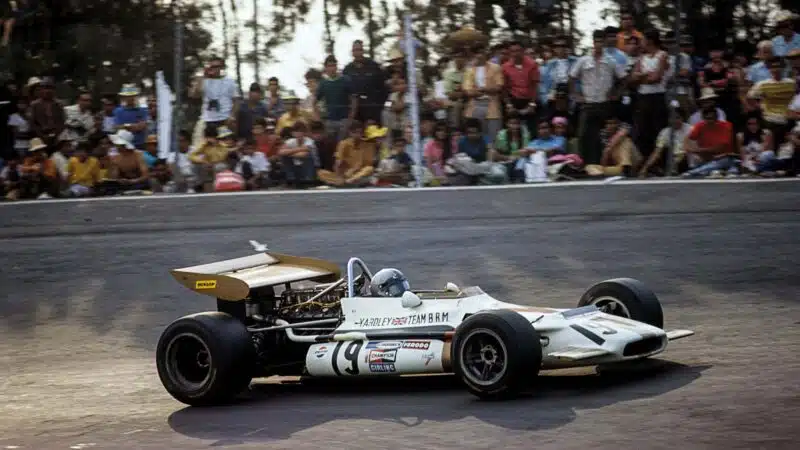
Rodríguez, 1970 Mexican GP
Getty Images
A prolific IndyCar frontrunner, winner and almost champion, Fernández last raced a dozen years ago, when he finished third in the GTE Pro class at Le Mans in 2012 sharing a factory Aston Martin Vantage with Darren Turner and Stefan Mücke. Now here he is, making his Formula 1 debut at Monaco… at 61 and in a 54-year-old BRM with a racing pedigree tied to his childhood hero, the great Pedro Rodríguez.
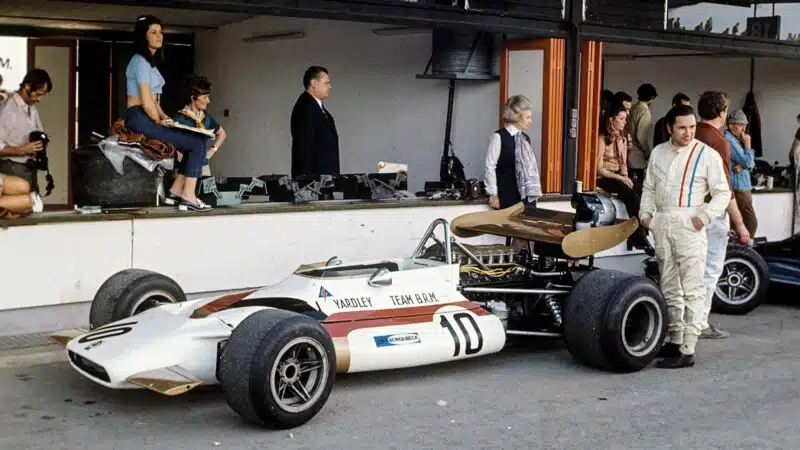
Small in stature but a colossus of Mexican motor racing – Rodríguez at the 1970 Spanish Grand Prix
Getty Images
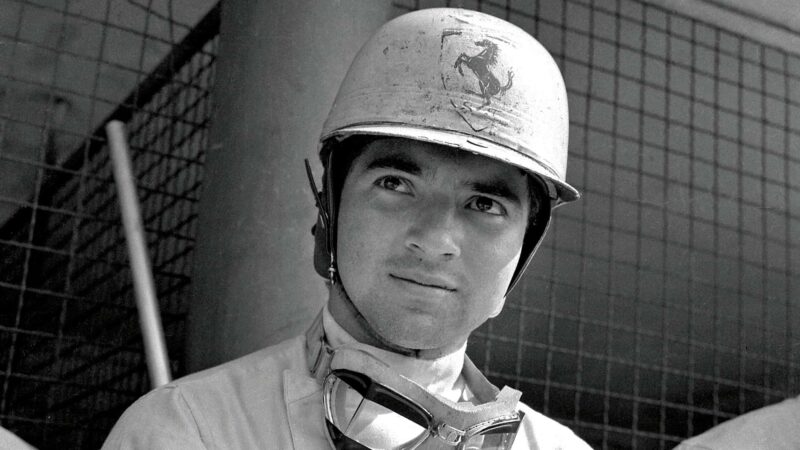
Ricardo Rodríguez, Monza, 1962
Grand Prix Photo
He looks a little wild-eyed as P153/05 is wheeled into the paddock following qualifying at the Grand Prix de Monaco Historique. Still trim and of typical diddy racing driver proportion, the only telltale of the passing years is the short-cropped grey hair. “It’s been 20 years since I properly drove a single-seater, and it’s physically challenging,” he says. Esteban Gutiérrez, ex-Sauber and one of those six Mexican F1 racers, was in this car at the previous Historique in 2022 – and logged a DNF. “Esteban warned me: get ready because it’s intimidating,” says Fernández. “It gives you more appreciation for what these guys did in the past.”
“I found an old Formula Ford chassis. Every night I worked on that car”
There’s also a hint of frustration. Why? “The gearbox always seems to be the issue with this car, because it’s very difficult to shift and the shifts are very long. It’s obviously a BRM gearbox, not a Hewland. You have to shift very slowly, then you don’t go very quickly! But you can’t rush it. Then I lost drive coming out of the tunnel, I’m not sure why.” Turns out a shaft in the diff has broken and that’s not something even the renowned Hall & Hall, which is running the Yardley-liveried 1970 F1 car, can replace right here and now. Sadly, Fernández must scratch from the race having qualified a respectable sixth for the 1966-72 F1 thrash. Old racing cars, eh?
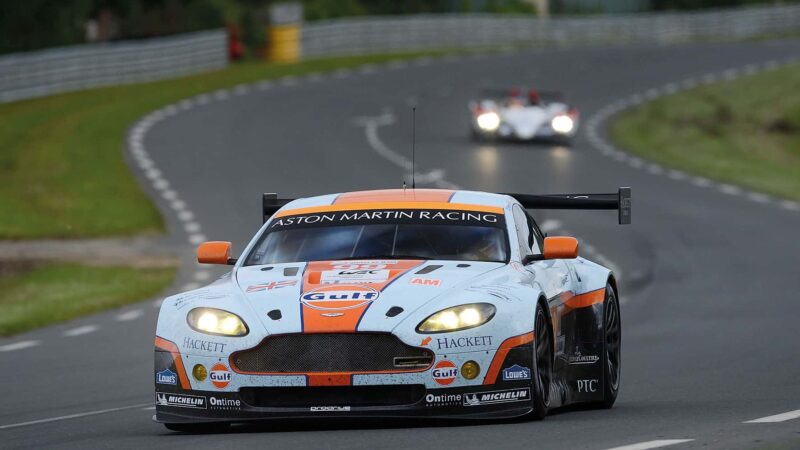
Fernández’s last big race was at Le Mans 2012.
Getty Images
Still, he’s relished the experience of lapping Monaco, especially in a car which he has fallen in love with (despite its flaws). Adrián originally drove the P153 in a demo at the Mexican GP and it made such an impression he insisted on buying it from then-owner Jaime Bergel. The ‘Tribute to Mexico’ badges on both his race suit and the P153 are hints of his patriotic motives. It all comes back to Rodríguez.
“Pedro was special, he had style, personality, he was handsome,” enthuses Fernández. “He had everything, and it was a tragedy we lost him. Let’s not forget this story.”
In case you are wondering, Fernández hasn’t forgotten Pedro’s younger brother either. “Unfortunately we lost Ricardo way too soon,” he says. Until Oliver Bearman took the record at the Saudi Arabian GP this year, Rodríguez Jr was Ferrari’s youngest F1 driver and lost his life at just 20 at his home circuit in an accident driving a Rob Walker-run Lotus at the 1962 non-championship Mexican GP. “He was good obviously, but we don’t know how good because he was taken so early,” says Fernández. “Really it was Pedro who wrote the story for Mexico in F1.”
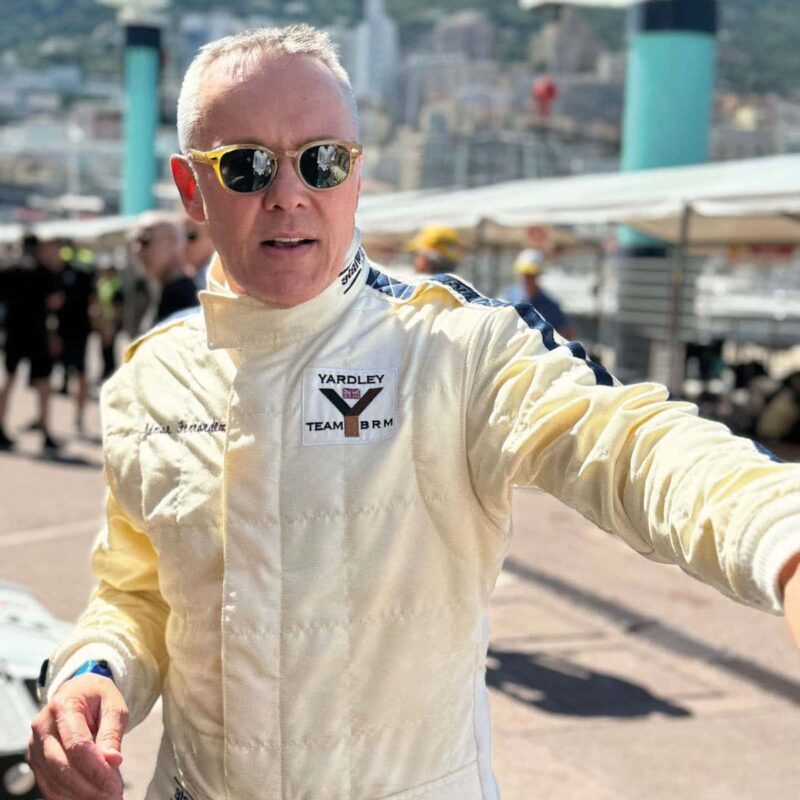
Fernández, right, wasn’t at the Grand Prix de Monaco Historique to make up the numbers – sixth on the grid for 1966-72 F1 cars
He describes his hero as “the first pillar of racing in Mexico” and wonders what might have been had Pedro lived beyond the sports car race that claimed him at the Norisring in 1971, to help guide him through his own career in the mid-1980s. “I was eight years old when he died. I always thought if I’d had him when I came to Europe in 1987 it might have been different. Mika Häkkinen was with Keke Rosberg. What would it have been like had I come with Pedro?”

Team co-owner and driver Fernández at Long Beach in 2003 – his final Champ Car season
Getty Images
Fernández’s roots story has a familiar ring. After earning his chops in Formula Vee back home, he turned east to Europe – but contrary to perception and the strong commercial support he eventually enjoyed in IndyCar, this was no silver spoon racer. “There was no help,” he says. “People said I was crazy when I went to Europe in 1987. I told my dad I was going, with only a little money. I had some savings. But I have always been good at knocking on doors. I started working for Henny Vollenberg in Holland as a mechanic. I was living in a motorhome outside the shop, telling Henny I would like to drive, and he’d say, ‘Let’s see. You’re here because you told me you could be a mechanic.’ Then I found an old Formula Ford chassis in Sint Anthonis. He said, ‘If you can ready it for the Benelux championship…’ so every night I was working on that car myself. In my first race in Europe at Zandvoort in 1987 I qualified 14th or 15th, then passed everybody on the first lap and crossed the start/finish line in first place. That’s how it went.”
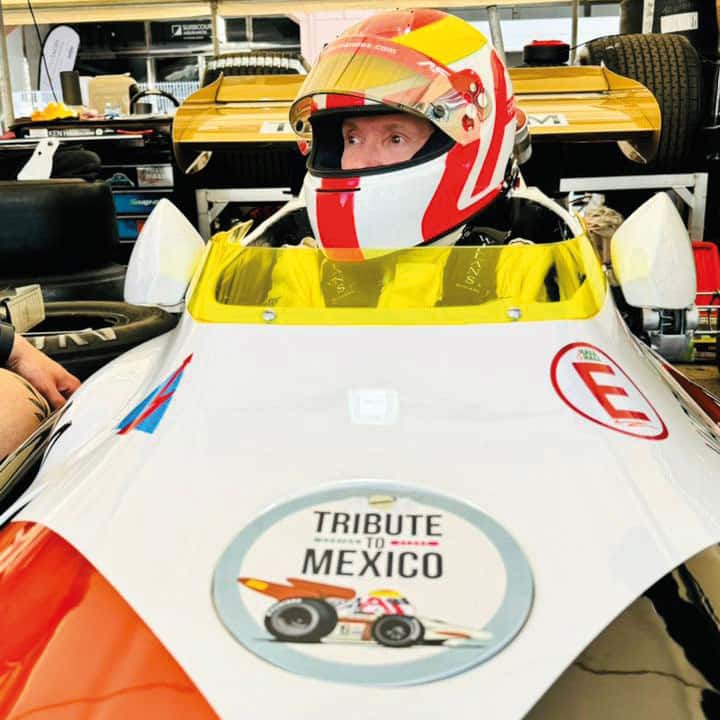
Fernández’s ‘Tribute to Mexico’
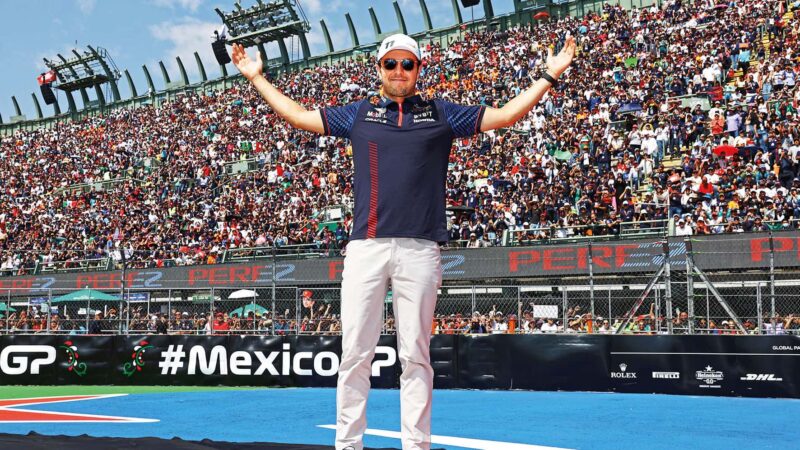
Fernández managed Sergio Pérez
Getty Images
Subsequent years racing Formula Ford in the UK were hard graft, the backbone of what followed. “I was in the top six drivers, with a very good crowd: Niko Palhares, Eddie Irvine at the Festival [in ’87], Dave Coyne, Bernard Dolan, Gil de Ferran, David Coulthard, Ben Edwards, who I worked with as an instructor at Brands Hatch. It took me three years to get out of Formula Ford. I wanted to go to F1, but it just wasn’t possible. So I thought maybe there was another way through the United States. I shifted gears to another country and it proved to be a very good decision.”

The BRMs of Jo Siffert, nearest, and Rodriguez at Montjuich, 1971
Grand Prix Photo
Returning home to race in his domestic Formula 3 championship, Fernández landed his big career break in Indy Lights, the pathway to Champ Car. “I won my first race on an oval [at Phoenix], that made some headlines, and from there I took off. I didn’t get into IndyCars until I was nearly 30. Eventually I had very good backing with Tecate beer and Quaker State motor oil.”
Ten years in Champ Car/IndyCar from 1993, first with Rick Galles, then Steve Horne’s Tasman team, most successfully with Pat Patrick and eventually under his own steam, remain cherished memories. “I was in IndyCar at the right time,” he admits. “Those cars were the most unbelievable ever. You had to be good on four different types of circuits: superspeedways, one-mile ovals, street courses and permanent courses. To fight for the championship you had to be good at all of them. I was a natural on ovals. My driving was very smooth. I had a lot of feeling from the car.”
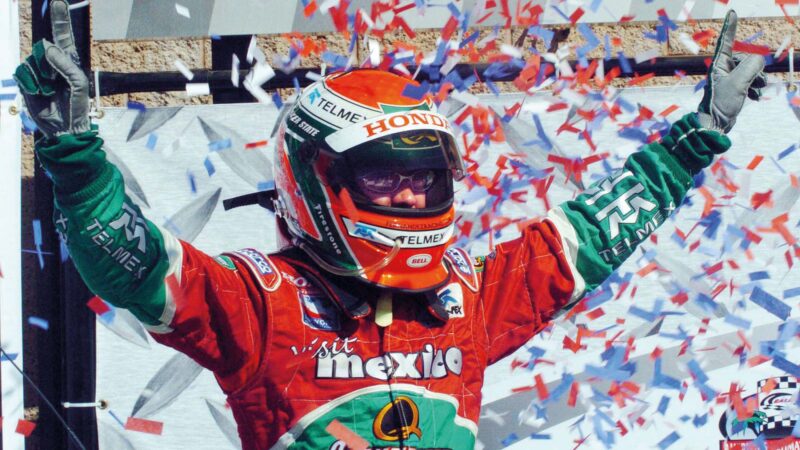
A third IndyCar win of 2004 for Fernández – at Fontana, California
The championship near-miss came in 2000, when Penske’s new signing Gil de Ferran pipped him to the post. “We were in Fontana at the California superspeedway and that was my strong race,” he says of the finale. “It was rained out, so we started on Monday. But I had floor damage and my guys hadn’t seen it. It was only 4mm out but in those cars it might as well have been 5in. The car was handling terribly and I was just trying not to crash, hoping that Gil wouldn’t finish. I couldn’t even compete, so that was a little frustrating. He finished third in the race, I was fifth and 10 points down in the championship. Roberto Moreno was my team-mate at Patrick and he finished third.”
Fernández might have missed F1, but he met and faced plenty of greats in those heady mid-1990s. “Early on Emerson [Fittipaldi] and Mario [Andretti] were fantastic to me. I was at my first Long Beach GP sat beside them, watching them. They were legends and I was suddenly with them. It was a little surreal. Nigel Mansell was fantastic too. I remember one fight with him at Mid-Ohio. I hit him under braking. Afterwards he came up to me. I thought he was mad but he said, ‘Give me your hand. Great job.’ I was very lucky to race with such legends.”
His Champ Car prospects were boosted by commercial help from a former racing driver, Antonio Pérez Garibay, whose son Sergio eventually made his own way with backing from Mexican billionaire Carlos Slim. Years later as Fernández wound down his own career after moderate success in sports car racing, he’d find himself managing ‘Checo’ for a period. Today, he remains proud of Pérez as Mexico’s statistically most successful F1 driver (even if for those old enough to remember, Rodríguez will always be the best).
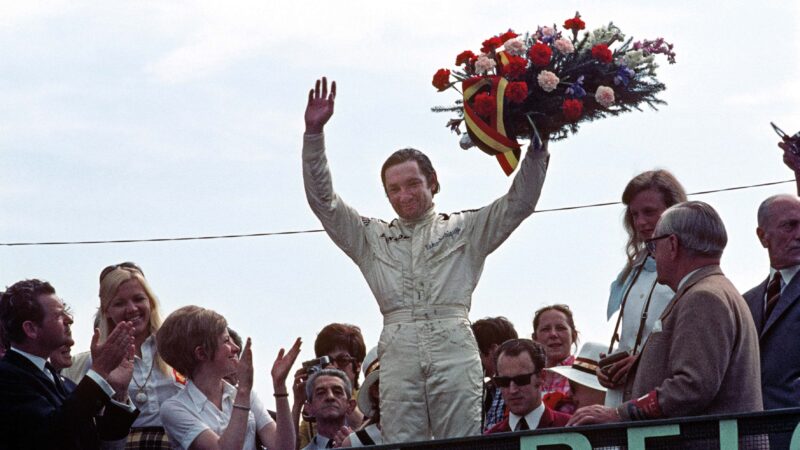
Rodríguez’s finest moment of the 1970 F1 season – winning the Belgian GP
Grand Prix Photo
“Checo is big in Mexico, he’s with the best team in Red Bull and with the best driver in the world in Max Verstappen,” says Fernández. “He’s nearly always at the front so that brings a lot of new fans. I’m proud of that. I was not going to race forever. You don’t want it to stop with you and we hope it doesn’t stop with Checo. Hopefully he does his part to support other drivers like I did, and keep that dream for Mexico. You think you have everything, then lose it all – look what happened to CART. We had a fantastic series and it went away. The same with Brazilian drivers. They were everywhere and now you don’t have them.”
He struggles to name a next-generation Mexican star to watch, although McLaren’s IndyCar ace Pato O’Ward is following a similar career progression to his own. The Mexican GP has been re-established back on the F1 calendar since 2015 at the newly configured Autódromo Hermanos Rodríguez, and while the great Peraltada corner is long gone the fervent atmosphere in the Foro Sol baseball stadium section is among modern grand prix racing’s major touch points. Pérez is naturally the focus of Mexico’s raucous enthusiasm for F1, but the race – which has a deal to remain on the schedule for this year and next – doesn’t rely on Checo’s fortunes (which given the way things are going is just as well!).
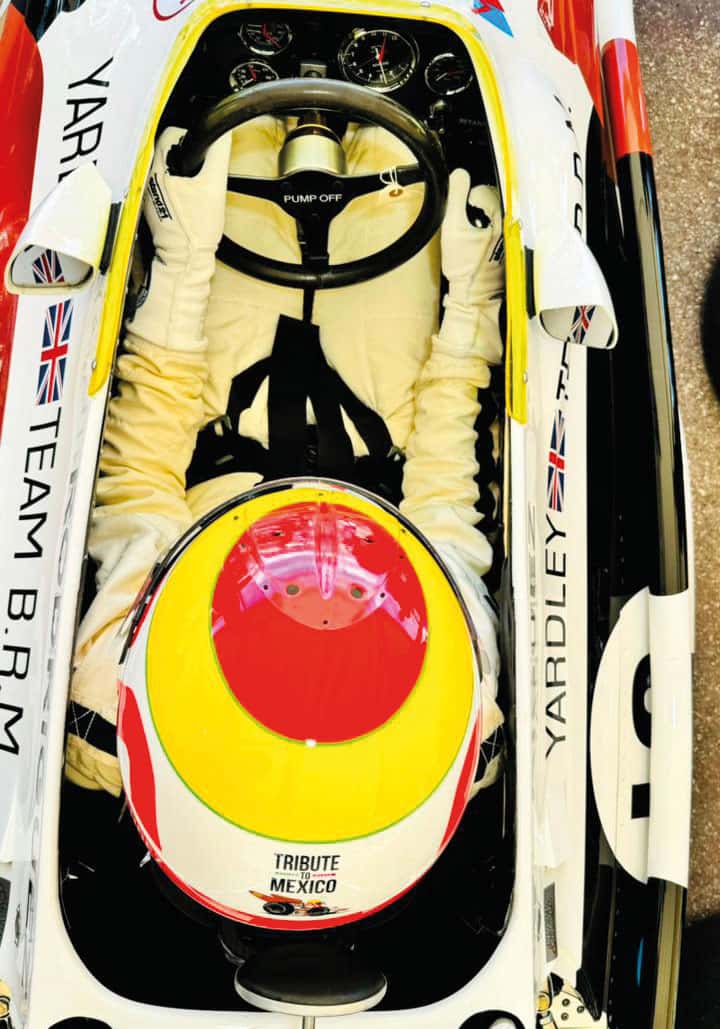
Fernández never raced in Formula 1, but took the wheel of Rodríguez’s 1970 BRM before the start of the 2022 Mexican GP – which was when he decided he had to own the car
“We don’t need a Mexican driver to keep the race,” says Fernández. “I mean, it’s always nice, but F1 is so big in Mexico. The event becomes bigger than the driver. Remember we had a lot of grands prix when we did not have a Mexican on the grid [between 1986 and ’92] and the track was still completely full.”
Fernández remains a champion of and for Mexican motor sport, but admits he’s mostly “a father” now, to a pair of teens and a three-year-old. The old motor racing life he describes as a “lonely” one is in the rear-view mirror – although dipping back like this, without pressure, is a joy. “When I left motor racing I could go back to doing normal things I like,” he says. “It’s a circle that I closed and I can enjoy my life in a different way. I’m not recognised as much now. We change… but people still remember, which is nice.”
